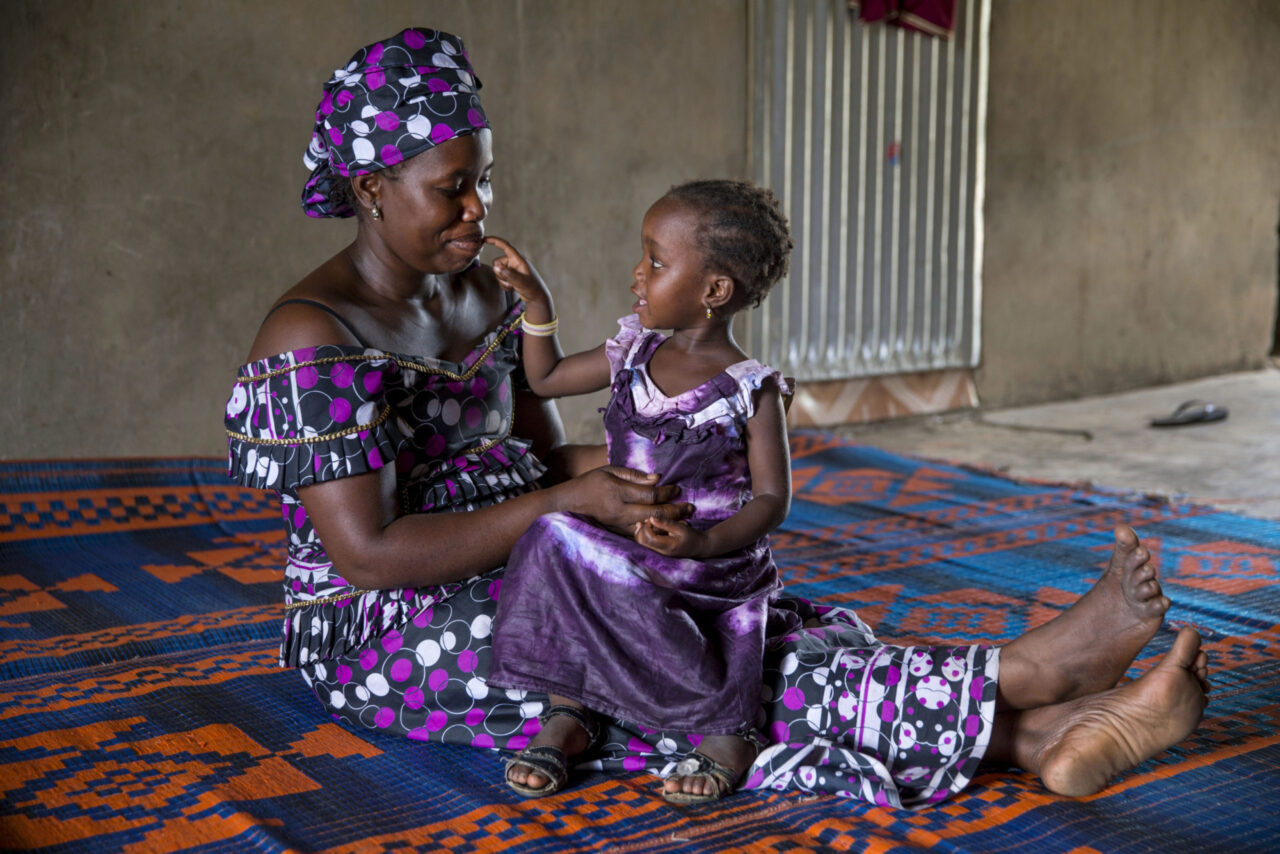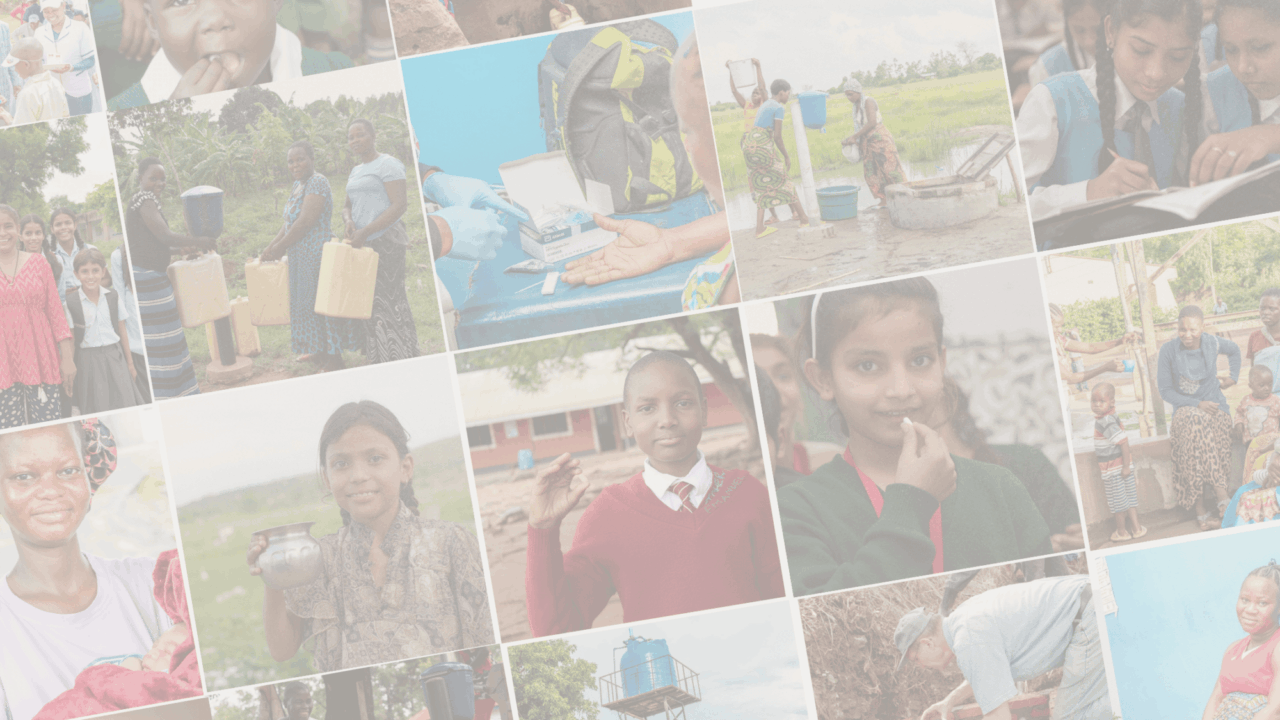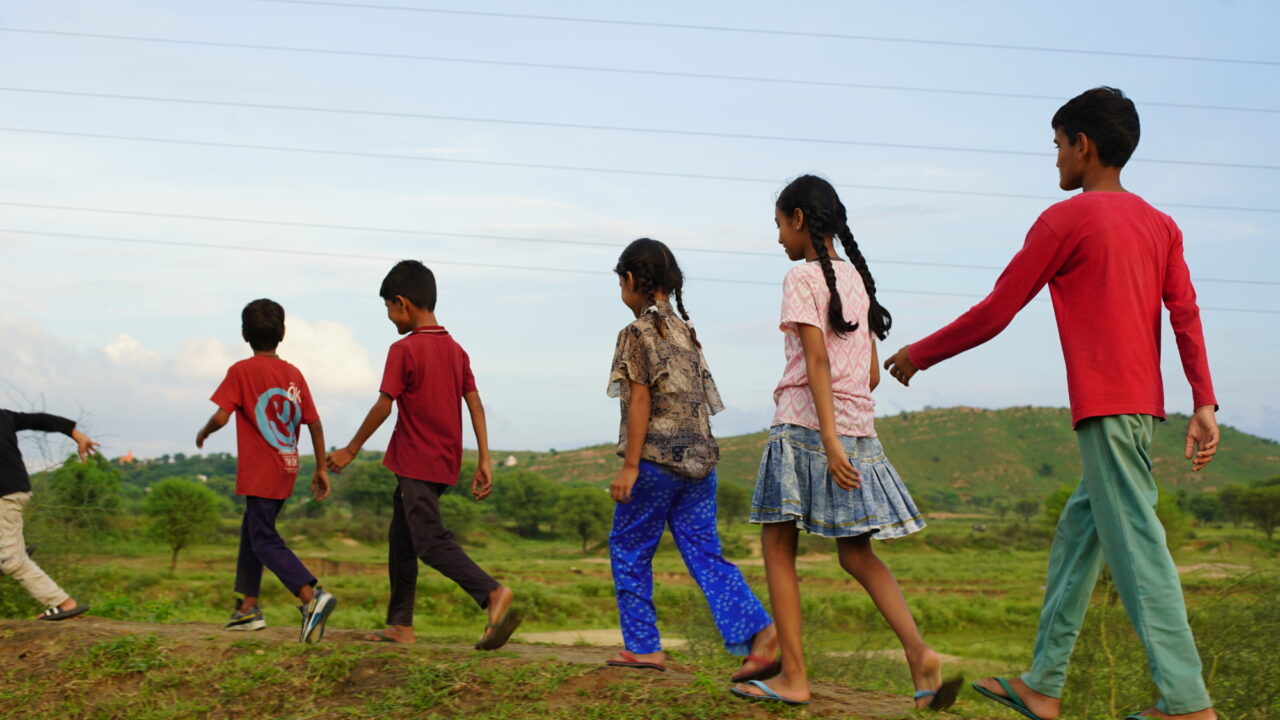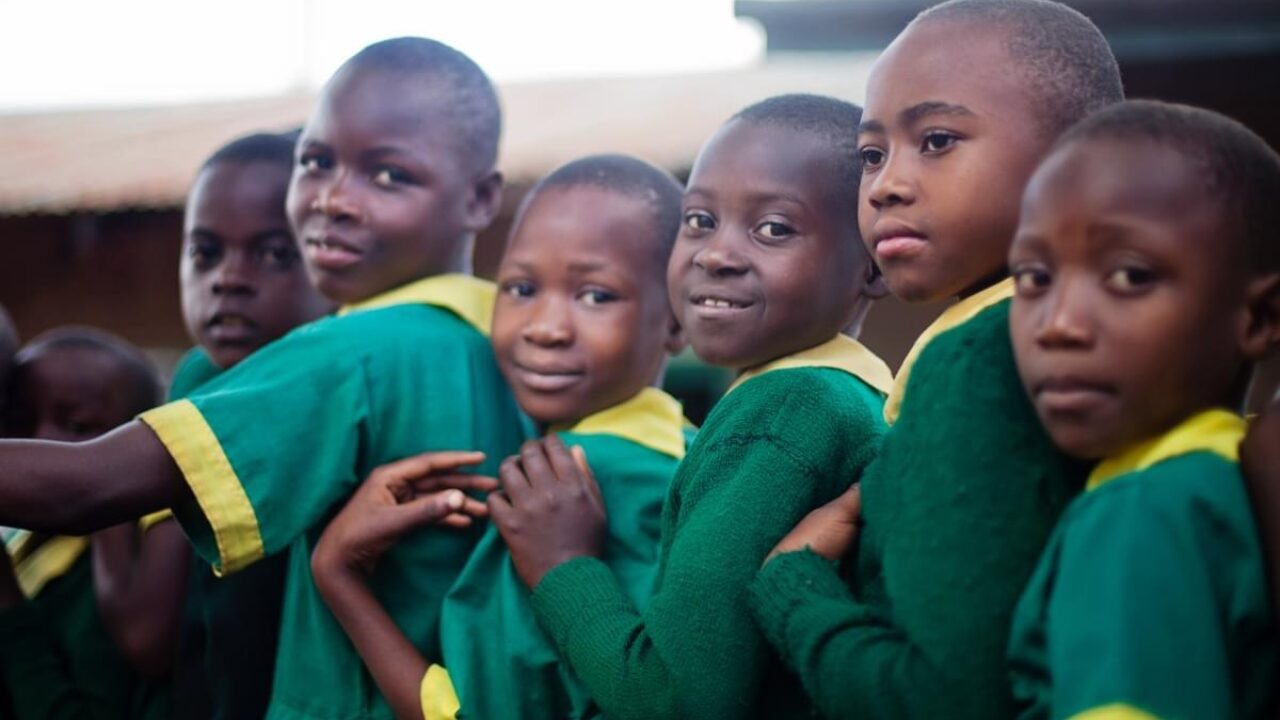One of our longest serving board members, Christina Riechers, has been a part of Evidence Action since our early start-up days. Back then, as one of our co-founders and then director of global programs, Christina was instrumental in creating a vision for the organization — including defining our identity and what we would set out to accomplish.
Ten years later, while a lot has changed — most notably the size and reach of our organization — we’re still pursuing the ambitious vision that Christina helped develop.
“What made us different from the start was our grounding in rigorous evidence,” says Christina. “We saw a lot of interventions that sounded appealing, that tugged on people's heartstrings and were appealing to donors, but that didn’t necessarily meet high standards for evidence or cost-effectiveness.”
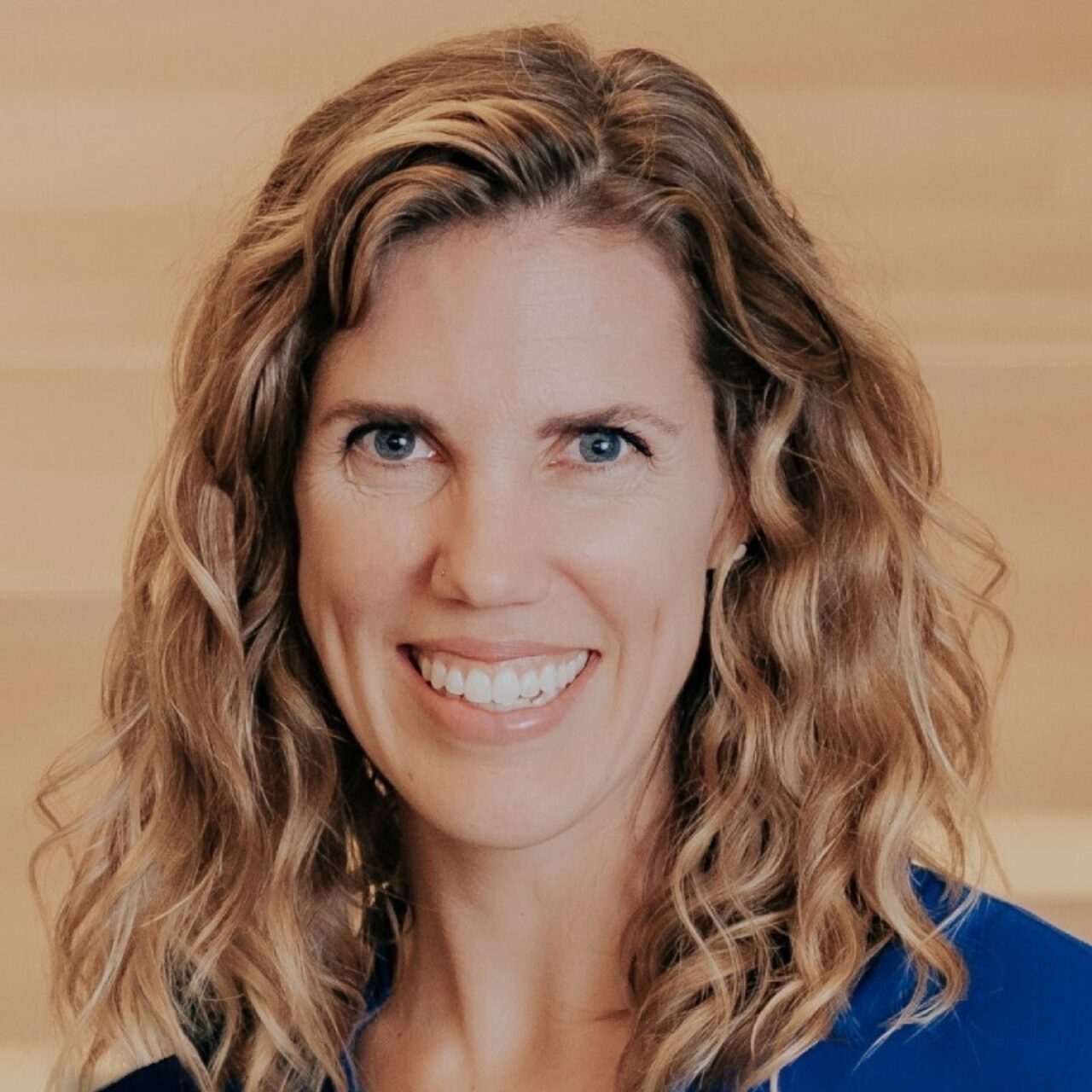
The early Evidence Action team saw an opportunity to do something different — to fill this gap by launching research-backed interventions that could measurably improve people’s lives.
“That’s where our name came from — we are based in evidence, but we’re not academic, we're putting the research into action,” says Christina.
As we’ve grown over the past decade, we’ve developed a specific focus on high-impact health care interventions, adding new programs like Syphilis-Free Start. That’s because as we sought out the most effective poverty interventions, we discovered that investments in neglected areas of the health sector generate significant returns for the world’s poorest communities.
“Initially, we didn’t think of ourselves as having a focus on health. We were open to any intervention in the international development space that had value,” Christina explains. “But in the strategic planning we did a few years ago, we realized that our superpower is doing work in global health.”
What are two things that Christina wishes more people knew about Evidence Action?
First is the scale of our work — our programs now reach more than half a billion people, and the numbers are climbing every day. “It’s really hard for people to wrap their heads around how many people we’re serving — it’s mind blowing!” says Christina.
Second is the quality and efficiency with which we’re able to achieve that scale. “We’re not some giant, bloated organization — we’re doing it in a surgical way, very cost-effectively and nimbly.”
She also wants people to be inspired by how much more there is still to do, and how far their donation to Evidence Action can go. With maternal syphilis, for instance, the challenge is enormous: 1 million pregnant women are infected with a disease that causes more child deaths than HIV. But the positive side — what Christina wants people to get excited about — is this is something we can eradicate right now. Following the evidence on how to treat syphilis, and innovating on how to reach those who need it, our program is helping governments in Africa screen women for syphilis during prenatal care visits and then treat those who are positive — saving the lives or averting disability of their babies.
And because of how cost-effectively we’re able to deliver this program, every dollar that goes into it is maximized to its full impact potential.
